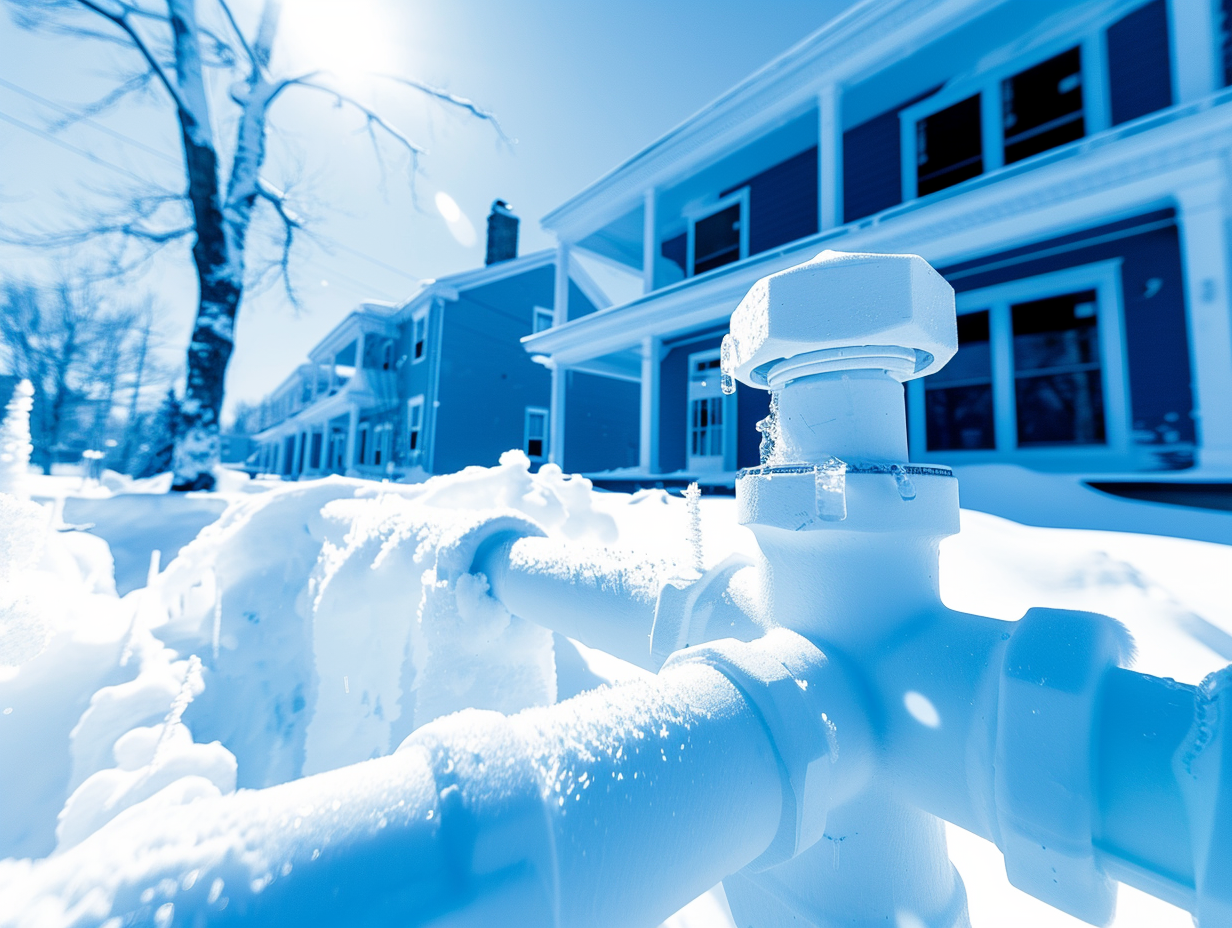Dealing with plumbing issues can be frustrating, especially when they affect essential areas like sinks,…

How to Repair a Toilet: A Step-by-Step Guide
A malfunctioning toilet can be a major inconvenience and disrupt your daily routine. Whether it’s a running toilet, a leaky tank, or a clog that refuses to budge, knowing how to repair common toilet issues can save you time and money. In this comprehensive guide, we’ll walk you through the steps to troubleshoot and fix some of the most common toilet problems.
1. Diagnosing the Problem
Before you can begin repairing your toilet, it’s essential to identify the issue. Common toilet problems include:
- Running toilet: The toilet continues to run even after flushing.
- Leaky tank: Water leaks from the tank into the bowl, causing constant refilling.
- Clogged toilet: Water backs up in the bowl or drains slowly after flushing.
- Loose or broken parts: Components like the flush handle, flapper, or fill valve may be damaged or improperly installed.
2. Tools and Supplies You’ll Need
Gather the following tools and supplies before starting the repair:
- Adjustable wrench
- Screwdriver
- Toilet repair kit (including a flapper, fill valve, and flush valve)
- Plunger
- Toilet auger (if dealing with a stubborn clog)
- Bucket
3. Repairing a Running Toilet
Step 1: Shut Off the Water Supply
Locate the shut-off valve behind the toilet and turn it clockwise to stop the flow of water.
Step 2: Remove the Tank Lid
Carefully lift the tank lid off and set it aside on a flat surface.
Step 3: Check the Flapper
Inspect the flapper for damage or misalignment. If it’s worn or doesn’t seal properly, it may need to be replaced.
Step 4: Replace the Flapper
Detach the old flapper from the flush valve and install the new one according to the manufacturer’s instructions.
Step 5: Adjust the Fill Valve (Optional)
If the water level in the tank is too high or low, adjust the fill valve to the recommended level.
Step 6: Turn On the Water Supply
Turn the shut-off valve counterclockwise to restore the water supply and flush the toilet to test for leaks.
4. Fixing a Leaky Tank
Step 1: Identify the Source of the Leak
Check for cracks, rust, or corrosion on the tank and its components. Tighten any loose bolts or connections.
Step 2: Replace the Flush Valve or Fill Valve
If the leak persists, replace the faulty flush valve or fill valve with a new one.
Step 3: Test for Leaks
Turn on the water supply and flush the toilet to ensure the leak has been fixed.
5. Clearing a Clogged Toilet
Step 1: Use a Plunger
Place the plunger over the drain hole and push down firmly, then pull up sharply to create suction. Repeat as needed until the clog is cleared.
Step 2: Try a Toilet Auger
If the plunger doesn’t work, insert the toilet auger into the drain hole and rotate it clockwise to break up the clog.
Step 3: Flush and Test
Once the clog is cleared, flush the toilet to ensure proper drainage.
6. Knowing When to Call a Professional
While many toilet repairs can be done DIY, some issues may require the expertise of a professional plumber. If you’re unsure about how to proceed or if the problem persists despite your efforts, don’t hesitate to seek professional help.
By following these steps, you can tackle common toilet problems and keep your bathroom in working order. Remember to always prioritize safety and use caution when working with plumbing fixtures.



